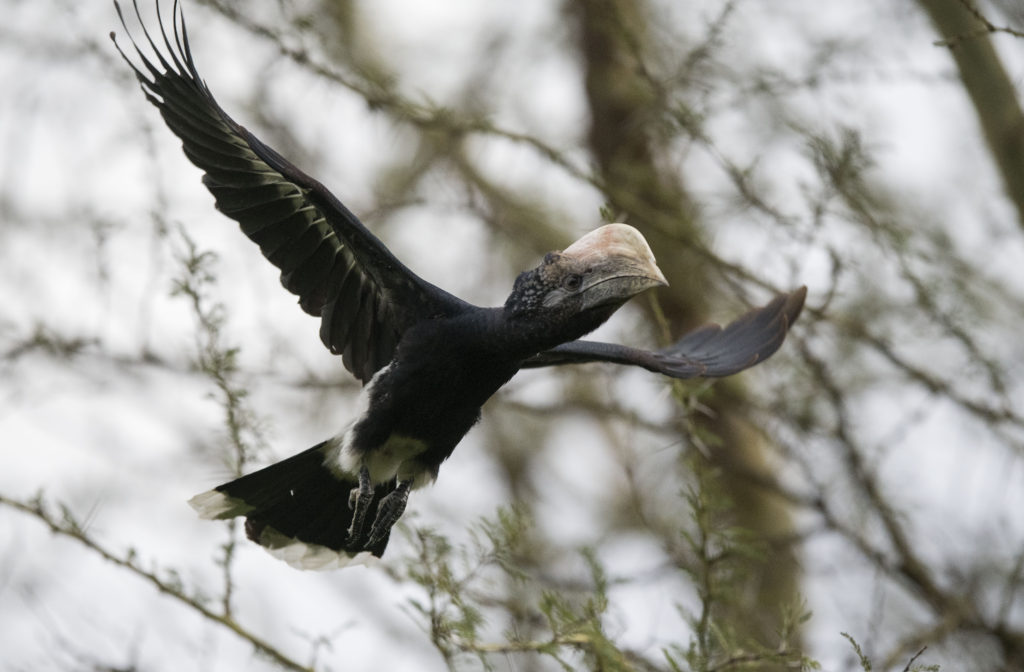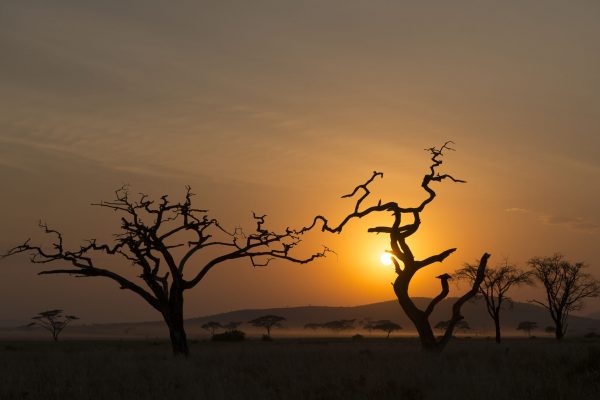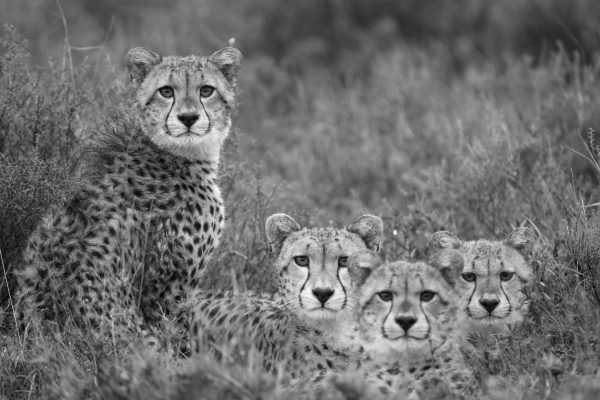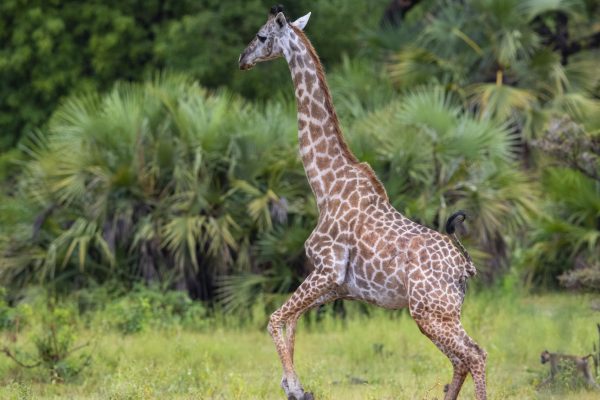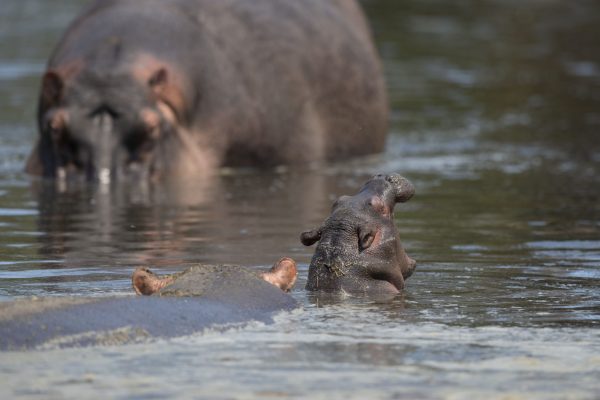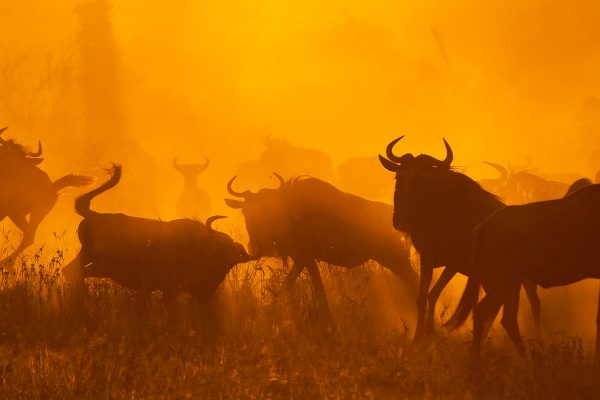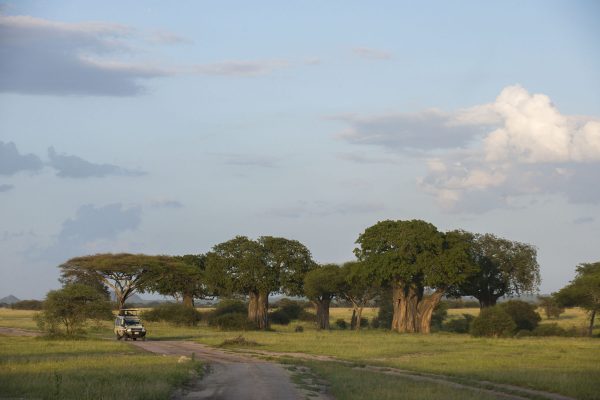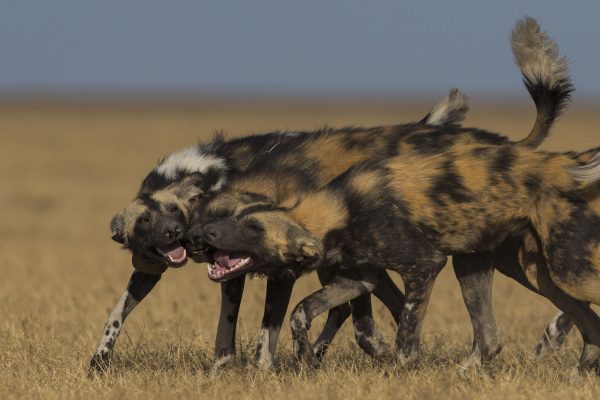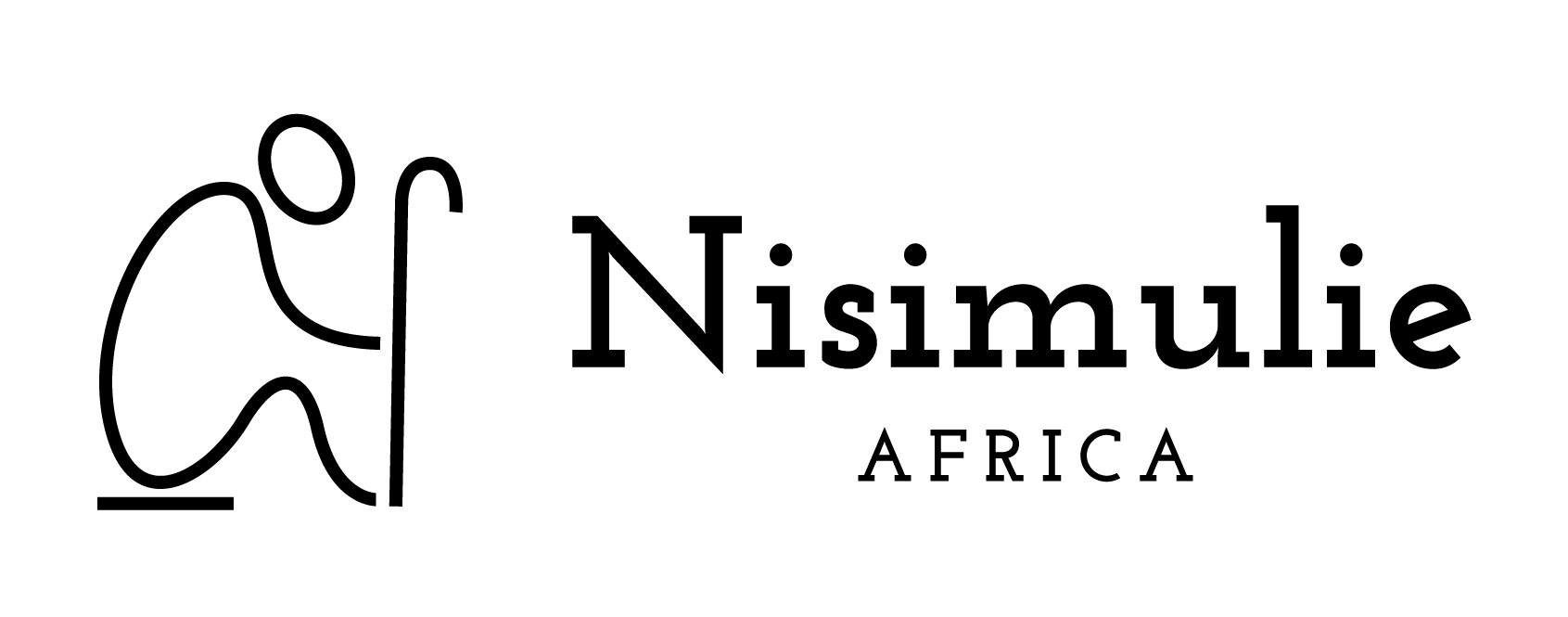Overview
Derived from the Hehe linguistics, one of the many ethnic groups of Tanzania, the word ‘Ruvaha’ which translates to river, relates to the Great Ruaha River, which the park has been named after, that cuts through the sanctuary sustaining life by providing nourishment for the diverse fauna and flora. Originally occupied by the indigenous African tribes of hunters and gatherers it later became home to the Hehe people who thrived alongside the abundant wildlife.
Its dusty and dry earth was sketched out with trails of the African and Arab traders as they made their way from the Tanzanian coast to Kigoma. These same trails were later subsequently used by European explorers. Over the years it became a battleground for the hehe wars. Through all these travesties Ruaha survived and flourished and in 1964 it was officially proclaimed a National Park.
The first thing to pick your interest at Ruaha will be the magnificent landscape. This is where east and South Africa overlap to conjure a nature phenomenon that has birthed unique and breathtaking landscapes sprinkled with a blend of vegetation that harbors a vibrant wildlife scene. The Ruaha ecosystem comprises miombo plains, forested highlands, significant rivers, lakes and wetlands. Together with the influence of the various vegetation communities, these attributes provide a complex and diverse array of flora and fauna including more than 600 species of birds
As the dry season approaches all life at the Ruaha converges at the great Ruaha river and its tributaries, which are home to the largest reptile in Africa; the Nile crocodile. The river is very vital for the survival of the countless wildlife habiting at the park.

Vegetation of the Ruaha National Park can largely be classified into open expansive grasslands, woodlands, swampy vegetation found in the wetlands, dry bush lands and riverine forest vegetation along the Ruaha river bank. The main types of woodland vegetation that dominate these expansive landscapes can be categorized into 4 main parts: brachystegia, combretum, commiphora, miombo with common trees found here being various species of acacias, baobabs, candelabras, duom palms, sausage trees and umbrella trees. The Miombo woodlands is a common vegetation feature in South Africa but Ruaha has encompassed it into its eco system to grace its visitors with a distinctive experience where the greater Kudu and roan antelopes take refuge.
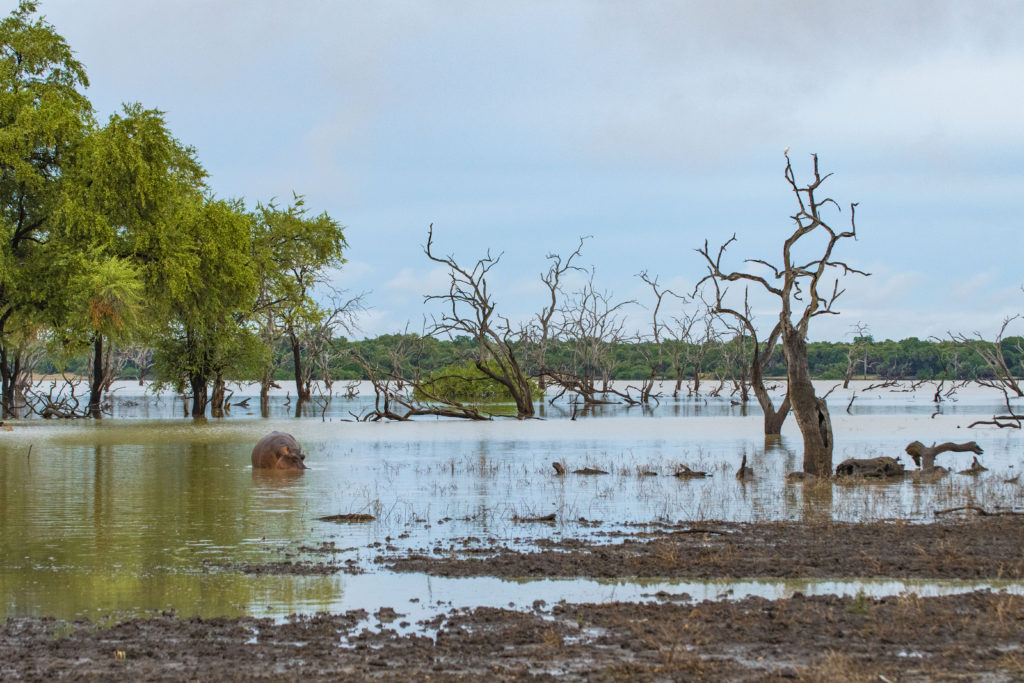
With a vast plain Ruaha is mainly covered by savannah grassland. The rasping of the grass would probably be an indication of a large predator going for a kill or leisurely roaming around. The park is home to some of the largest concentration of lions in Africa. Other predators that find home in the Ruaha include Leopards, cheetahs, spotted hyenas and jackals among others.
With possibly the largest herds of elephants, Ruaha can almost assure you the sighting of these African giants as they bask and feed under the baobab trees. Ruaha also hosts a great deal of ungulates species including impala, waterbuck and bushbuck. Popular sightings of the Grant’s gazelle and lesser kudu is common at the southern extent of Ruaha ranges. The miombo-associated sable and roan antelope, and the spectacular corkscrew-horned male greater kudu are most visible over breeding season. Herds of buffalos, zebras and resident wildebeest and hartebeest are also common among other grazers and browsers of these vast expanses
Just like it did for chief Mkwawa of the Hehe, Ruaha has done its bit in providing refuge for the endangered African wild dogs, making it one of the few places to actually see these magnificent creatures in their wild habitat. This surely will most certainly be the highlight of your stay at Ruaha.
An ornithologists’ paradise, Ruaha is home to more than 600 species of birds. During the months between November and May, Ruaha plays host to several migratory birds. Some of the various bird found at the park range from the largest flightless birds, the ostriches to the the endemic Ruaha red billed hornbill to the smaller sunbirds, grebes, cormorants, darters, pelicans, herons, hamerkops, storks, spoonbills, ducks, barbets, woodpeckers, rollers, hoopoes kingfishers, eagles and starlings among so many others.
Ruaha gives you Africa for what it really is
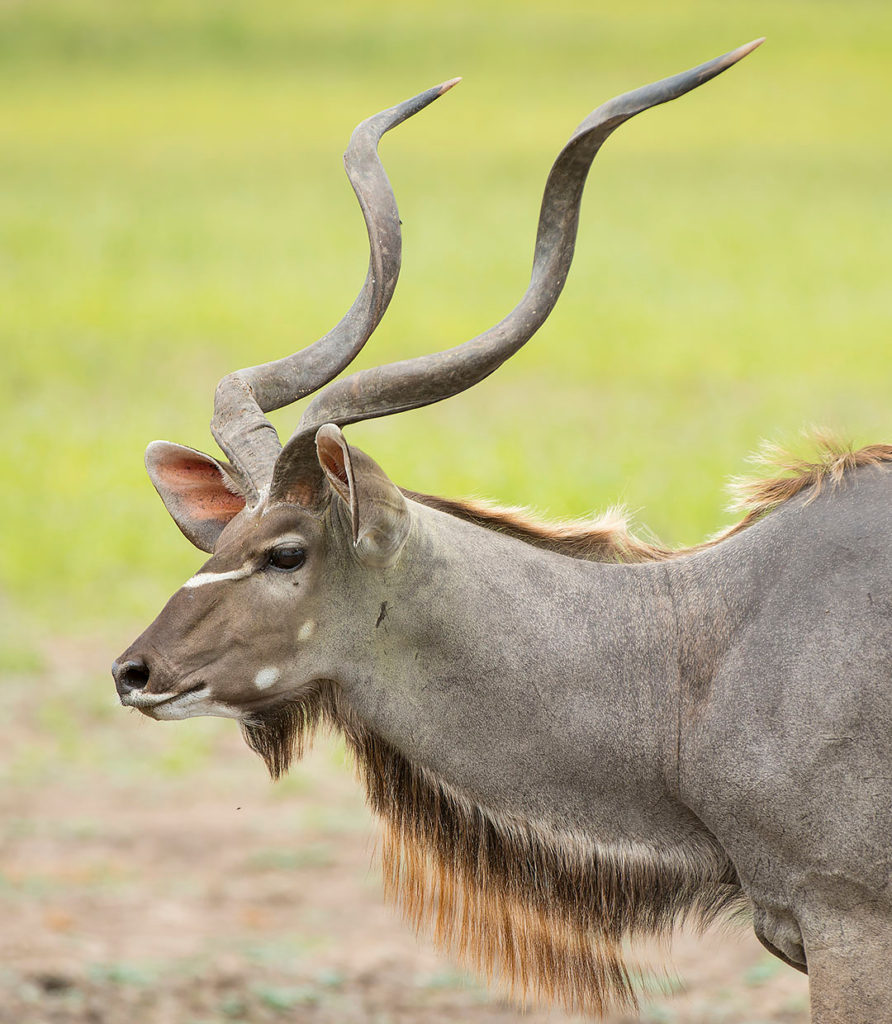
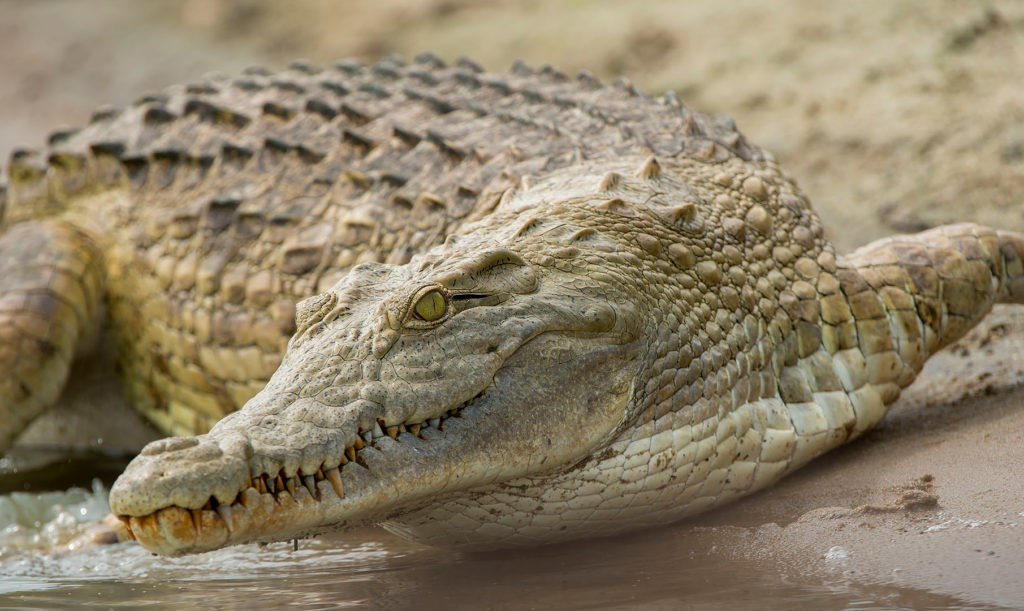
The park generally experiences hot and dry conditions with relative high temperatures throughout the year.
The park experiences a wet season that generally runs from November to May. The dry season runs from May to October. This affects the movements of the wildlife which may also be dependent on the vegetation. With this, guests can gauge the best time to visit the park. We recommended that the park be visited during the dry season since it is the best time to spot wildlife, especially the large mammals and reptiles.

Lodging in Ruaha varies greatly depending on the needs, wants and expectations of your Safari. There are luxurious boutique camps and Lodges inspired by the colonial style traditional safaris with all the modern amenities you need during your premium Tanzanian tour. Guests living areas are constructed from natural materials with some being set upon raised platforms to maximize panoramic views of the surrounding landscapes and wildlife. Inside, the décor celebrates the early exploration of Tanzania through artwork, furniture and other design elements. For guests who desire a balance between quality and cost, deluxe accommodations are present with small private patio, en-suite bathrooms, personal safe and housekeeping services. Budget-conscious visitants can also enjoy the many safari experiences and tour activities at Ruaha from the comfort of your private verandahs outside their tented camps.

Experience a classic African safari experience at Ruaha with a possibility of unique sightings of the greater and lesser Kudu. Ruaha is also home to the endangered African wild dogs which adds to the overall magnificent game drive experience at the park.
Other activities in the park may include walking safaris, fly camping experiences and balloon safaris. Being a paradise for birds, the birding experience in the park is second to none.

By Air:
- Flight time from / to Dar es salaam Airport to / from Ruaha Msembe airstrip: 1 hour 45 minutes
- Flight time from / to central Serengeti to / from Ruaha Msembe airstrip: 2 hours 05 minutes
- Flight time from / to Arusha Airport to / from Ruaha Msembe airstrip: 1 hour 50 minutes
